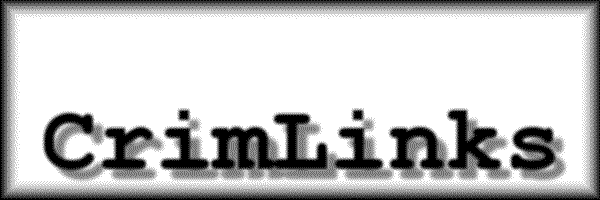August 25, 2005: New Drug Seizure Figures
The Home Office have just published Research Findings 265 on Seizures of Drugs in in England and Wales, 2003 by Mwenda, Ahmad and Kumari. This research provides figures for drug seizures made by law enforcement agencies during 2003 – the statistics relate to drugs controlled under the Misuse of Drugs Act 1971.
The drugs are divided into three categories in the Act (classes A, B and C) according to their harmfulness. These statistics cover seizures made during the year by police (including the British Transport Police but excluding Nottinghamshire Police Force, from whom no data was received in 2003), together with information from HM Revenue & Customs (formerly Customs & Excise) and the National Crime Squad.
The research presents data for England and Wales only and is therefore not comparable with the previous Drug Seizures statistical publications which presented data for the whole of the UK. While cannabis was reclassified as class C in January 2004, the data here is for 2003, so cannabis is reported as a class B substance.
There were 30,000 seizures in England and Wales involving class A drugs in 2003 (5% more than in 2002). Heroin was the most commonly seized class A drug in 2003 (10,570 seizures, down 16% since 2002) followed by cocaine (6,910 seizures, up 20%), ecstasy (6,110 seizures, down 8% since 2002) and crack (4,760 seizures, up 15%). A small number of seizures involved methadone and LSD (530 and 120 seizures respectively). Overall, 95% of drug seizures in 2003 were made by local police forces, fewer than 5% by HM Revenue & Customs and less than 1% by the National Crime Squad.
Key points from Mwenda et al's research:
- There were 109,410 drug seizures by police and HM Revenue & Customs in England and Wales in 2003 – 4% fewer than in the previous year (114,550).
- 77% of seizures in 2003 involved class B drugs (most – 94% – of which were cannabis seizures). 27% of seizures involved class A drugs and 1% involved class C.
- Compared with 2002, in 2003 there were more class A seizures (up 5%); fewer class B seizures (5% fewer) and more class C seizures (up 6%).
- Seizures by the police and HM Revenue &
Customs in 2003, included:
• 6.8 tonnes of cocaine
• 2.7 tonnes of heroin
• 6.7 million tablets of ecstasy
• 1.5 tonnes of amphetamines
• 99 tonnes of cannabis (resin and herbal) and 80,000 cannabis plants. - Police and HM Revenue & Customs seized a greater quantity of cocaine, heroin, ecstasy, amphetamines and cannabis in 2003 than in 2002.
Data on the average purity of different types of drugs is based on the average of all analysed drug samples submitted to the Forensic Science Service. The research notes that the purity from HM Revenue & Customs seizures is higher than that of the police force seizures, as their seizures are generally made higher up the supply chain and before ‘cutting’ occurs (defined by the authors as the addition of active agents to increase profit margins).
More detailed information can be downloaded from the Home Office Research Development and Statistics (RDS) website
